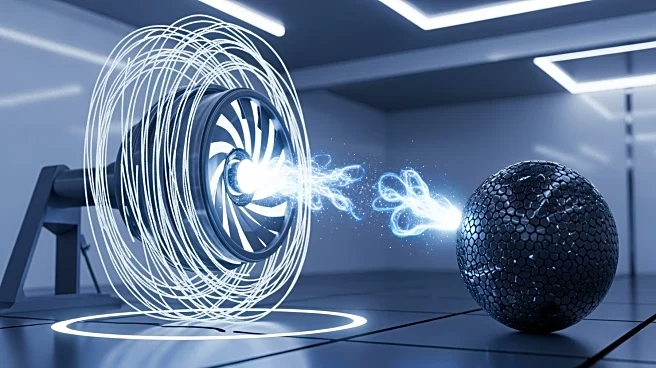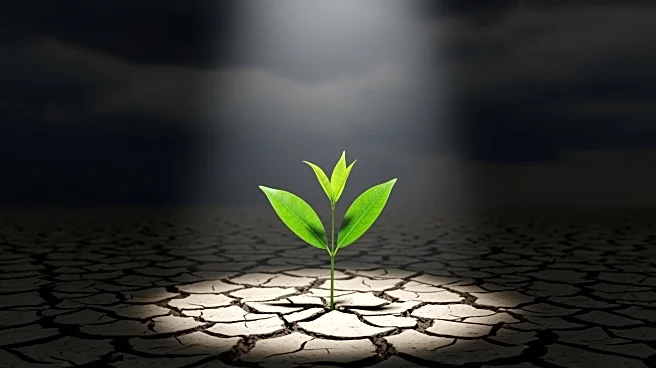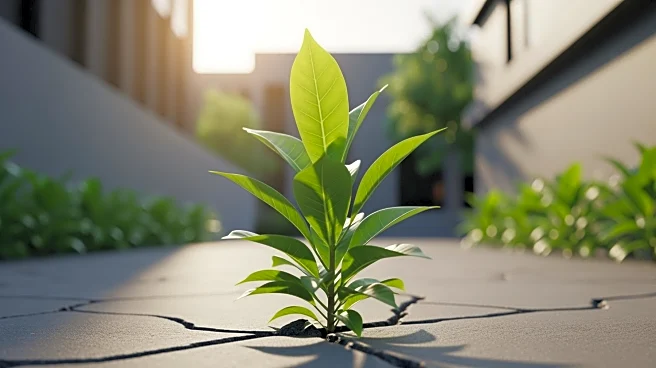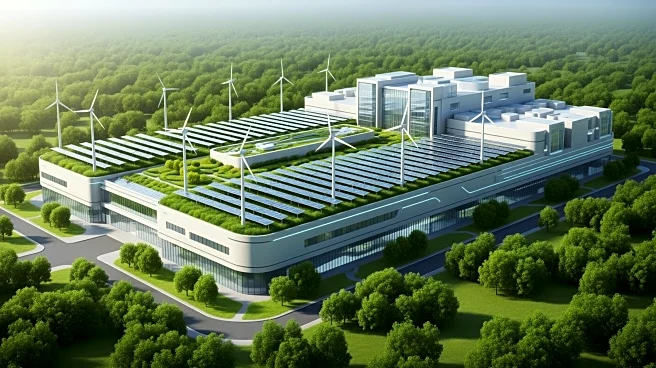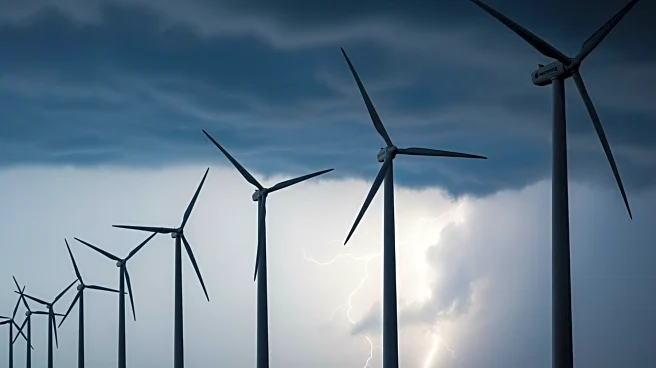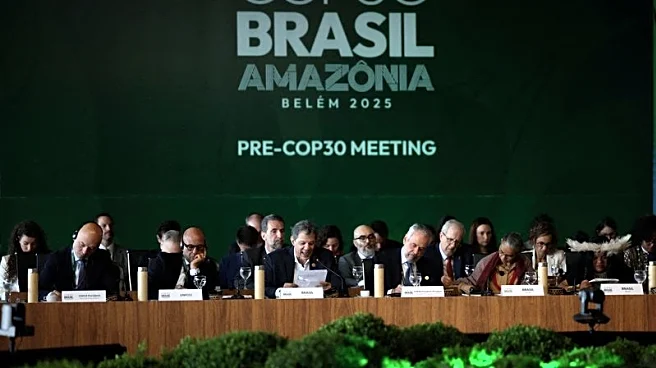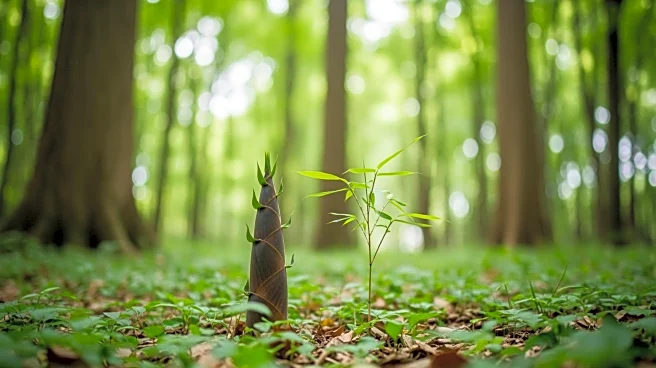What's Happening?
Researchers at Washington University in St. Louis, led by Professor Feng Jiao, have developed a new method to convert waste carbon dioxide into carbon monoxide using low-cost, robust diaphragms. This innovation addresses the limitations of traditional
anion exchange membranes, which degrade over time. The diaphragms, made from porous materials, have shown exceptional resilience and performance, potentially transforming carbon recycling processes. The study, published in Nature Communications, highlights the potential for these diaphragms to improve the efficiency and sustainability of carbon conversion, offering a scalable solution for industrial applications.
Why It's Important?
This development is crucial for advancing sustainable manufacturing practices and reducing greenhouse gas emissions. By providing a more durable and cost-effective method for carbon conversion, the technology supports the transition to a circular economy. Industries can benefit from reduced carbon footprints and enhanced energy efficiency, aligning with global efforts to combat climate change. The research underscores the importance of innovative materials in achieving sustainability goals and could influence policy and industry standards.
What's Next?
The research team plans to optimize the technology for industrial scalability, aiming to integrate it into large-scale manufacturing processes. Collaboration with industry stakeholders will be essential to realize the full potential of this innovation, potentially leading to widespread adoption and significant environmental benefits.
